Tillandsia Spotlight: Bulbosa Air Plants
Want to add a Tillandsia bulbosa to your plant collection? Check out our T. bulbosa belize or T. bulbosa guatemala plants and purchase today!
Tillandsia Air Plants take on many different shapes and sizes depending on their species. Of all Tillandsia species, the bulbosa varieties are notable for their unique, other-worldly look. Often resembling sea creatures with their bulbous bases and tentacle-like leaves. We love these plants for their statement-making capability, and they pair well with other air plants by creating a bit of contrast to any arrangement.
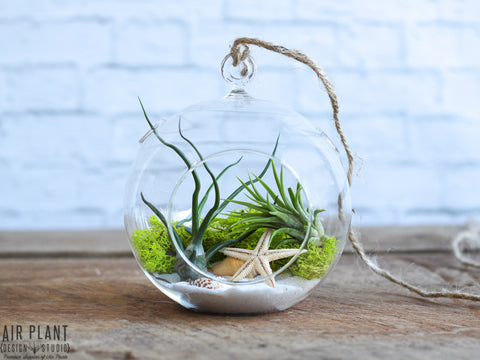
In the popular Sea Scape Terrarium, the Tillandsia bulbosa's tentacle-like leaves stand out and complete the coastal look.
The Tillandisa bulbosa is indigenous to numerous regions of the world including southern Mexico, the West Indies, South America, and even southern Florida. In the wild these plants can be found attached to branches in low lying forests, in mangrove thickets along the coast, and nestled amongst rocks on cliffs.
The leaves of the bulbosa are narrow, and curled in at the edges which create a tubular, straw-like shape. These grow twisted and contorted which gives them their tentacle-like appearance. As they mature, the leaves will blush a deep purple and red before the plant blooms. Their bulbous bases, which are mostly hollow, often serve as homes for ant colonies - so it isn't uncommon to find ants in these plants if they are left outside. The plant benefits from this relationship as the ants provide fertilization in the form of their detritus and waste.
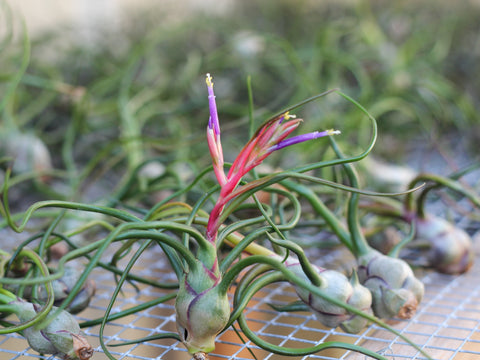
Tillandsia bulbosa in bloom
There are two different species of the bulbosa species: the T. bulbosa guatemala which is a smaller darker green plant, and the T. bulbosa belize that generally grows larger and has a brighter green appearance. Both bulbosa species are more mesic - meaning they have smoother, greener leaves with less trichomes and will require indirect light and more water than some xeric varieties.
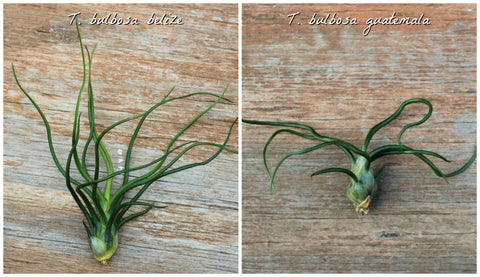
Both bulbosa varieties will form multiple bright red or yellow bloom tracts that will eventually emit violet flowers. Once the bloom cycle is completed, pups will grow directly from the base and over time can form into a large multi-plant clump.

Tillandsia bulbosa clump
These plants are easy to care for and need to be soaked at least once a week and prefer filtered natural sunlight. Since these air plants are bulbous, make sure when watering them not to let water collect in the bottom leaves as this can cause the plant to rot - give them a little shake off after their bath to eliminate excess water that could be pooling in the leaves.


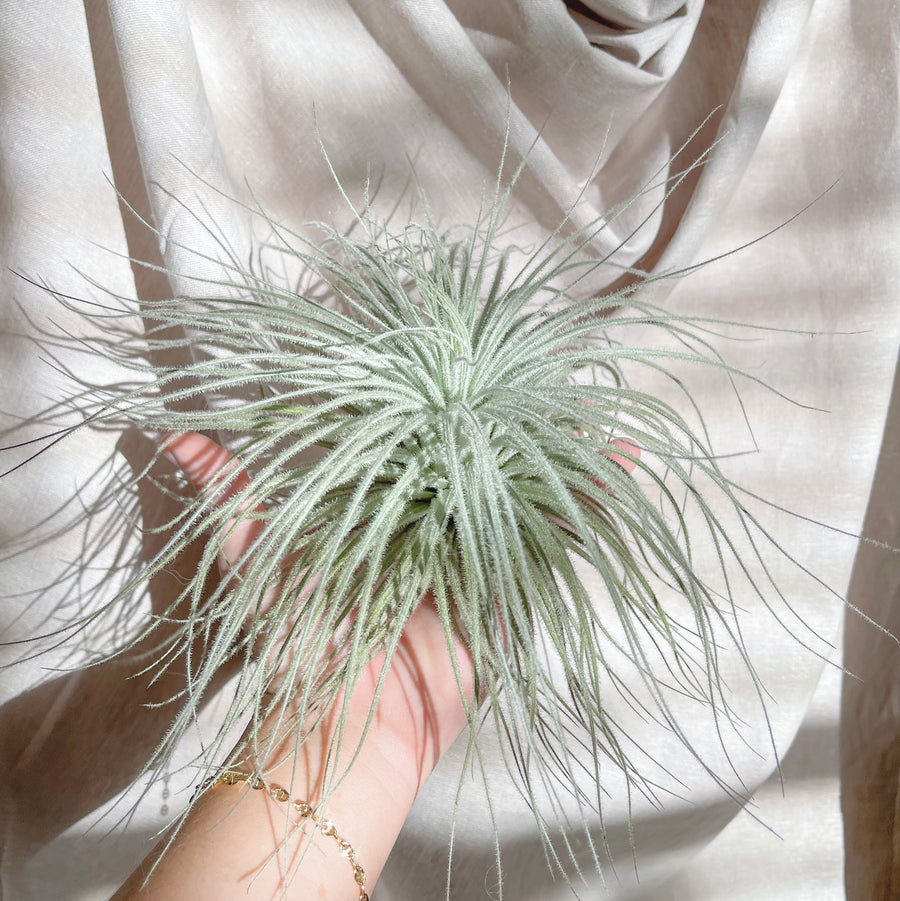
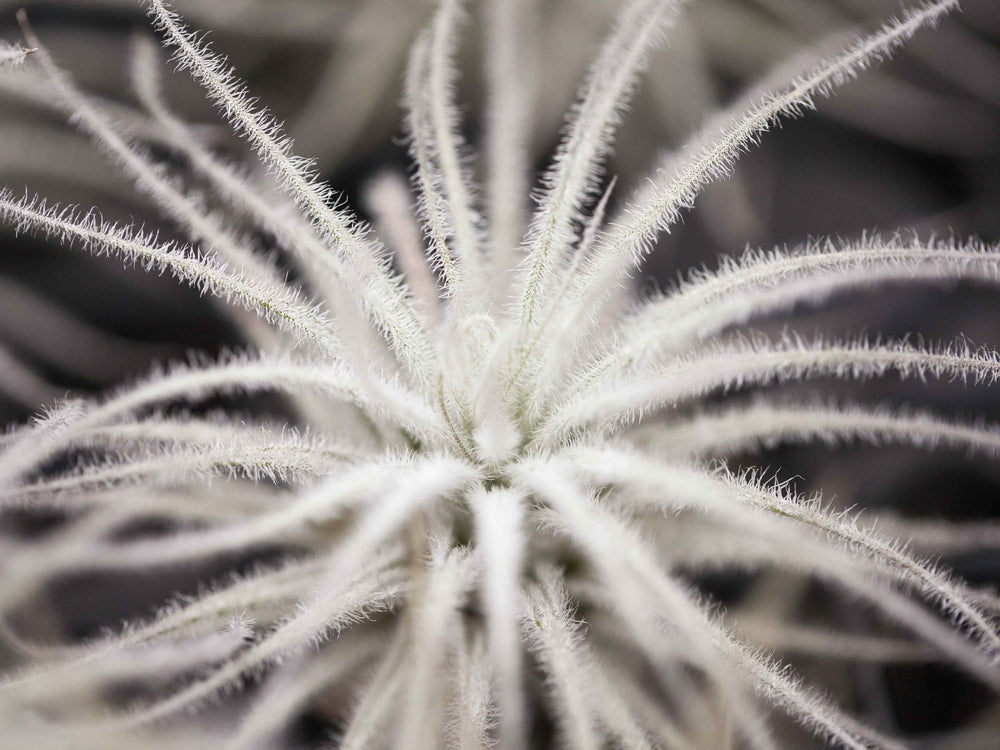
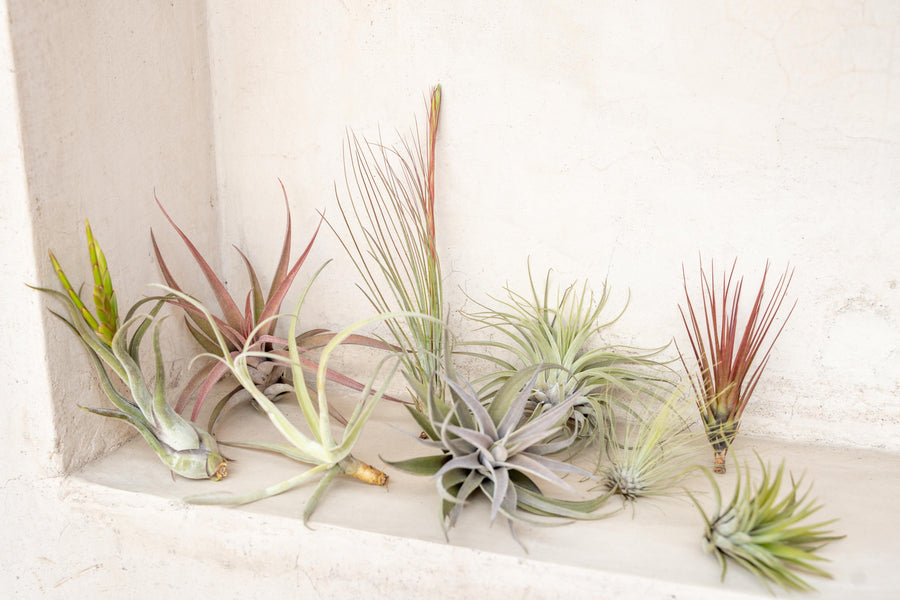
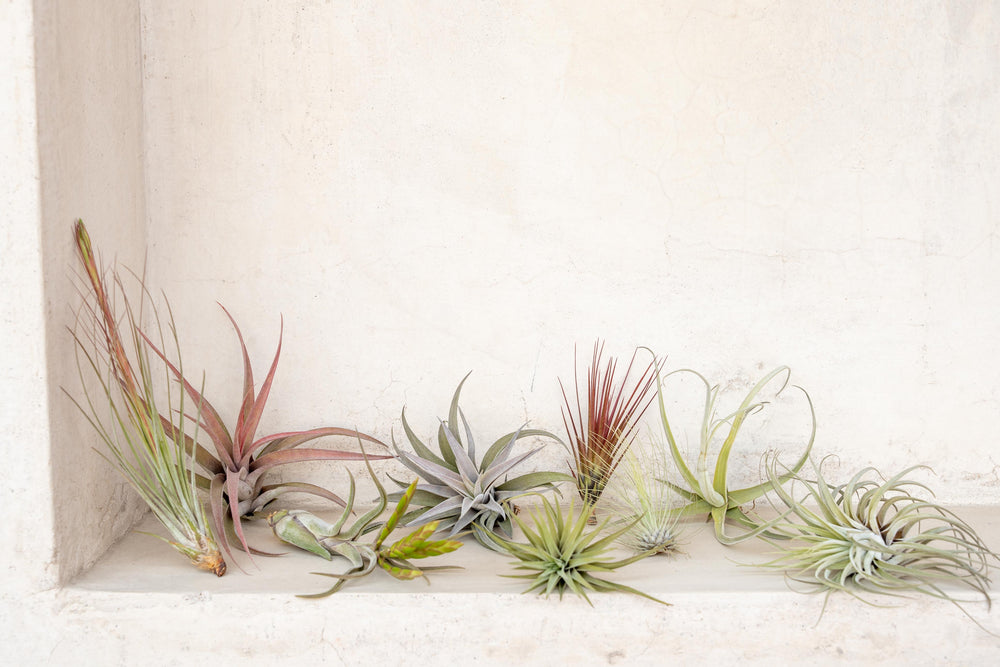
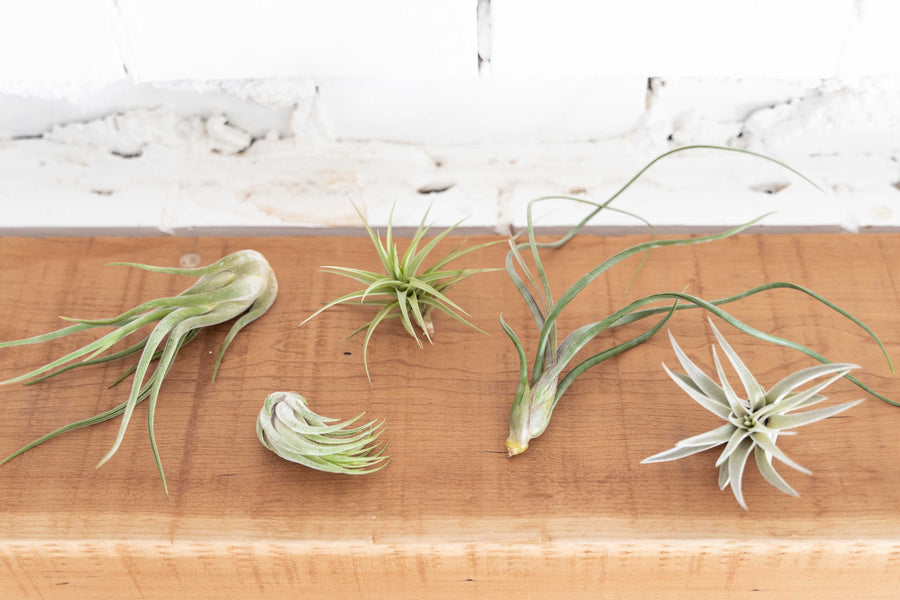
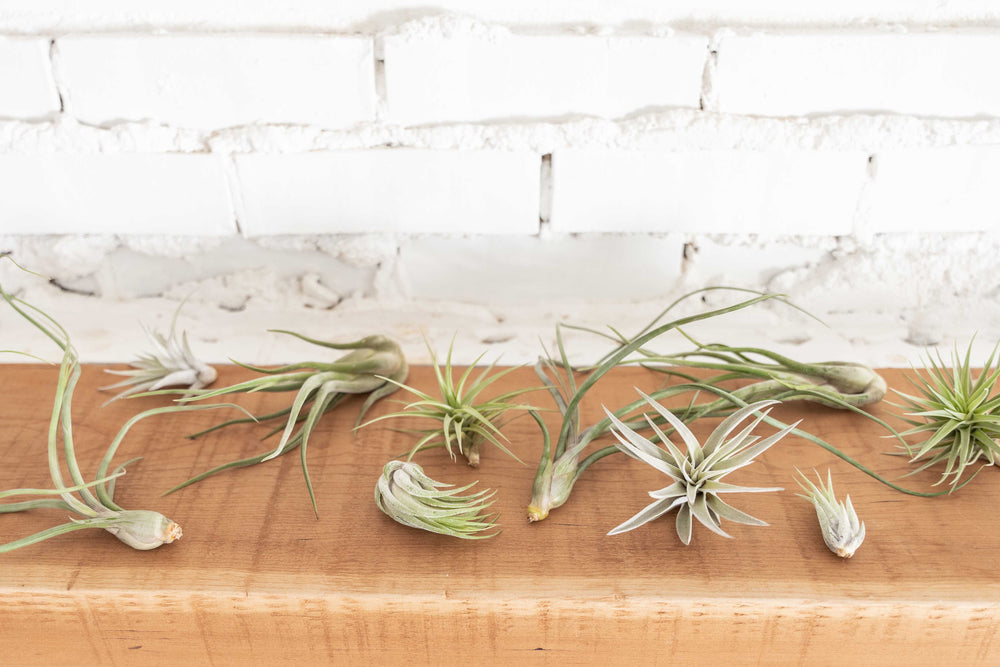
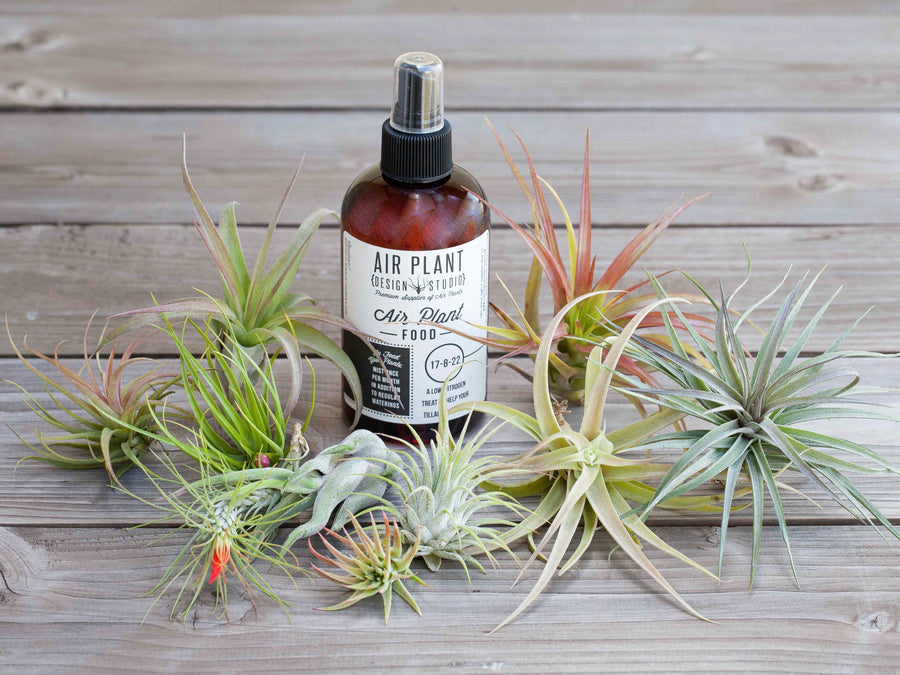
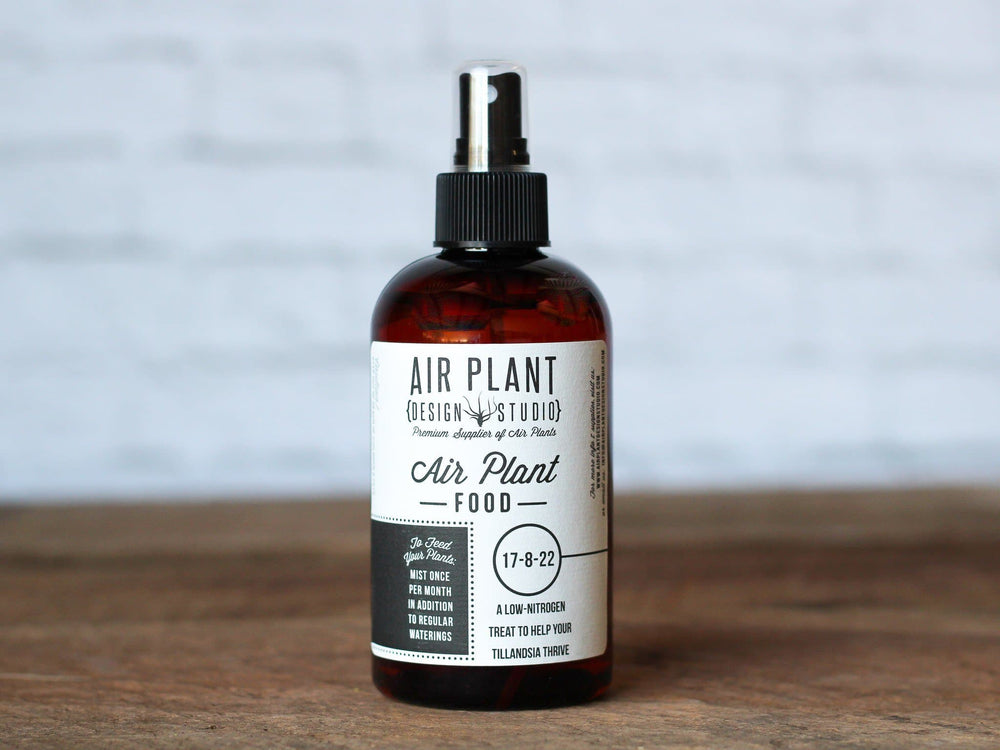
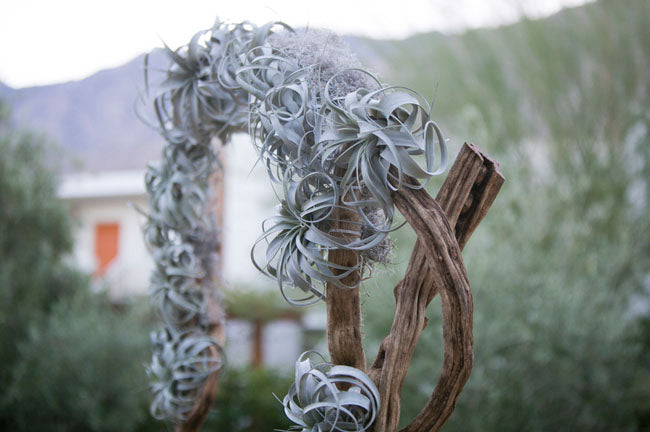
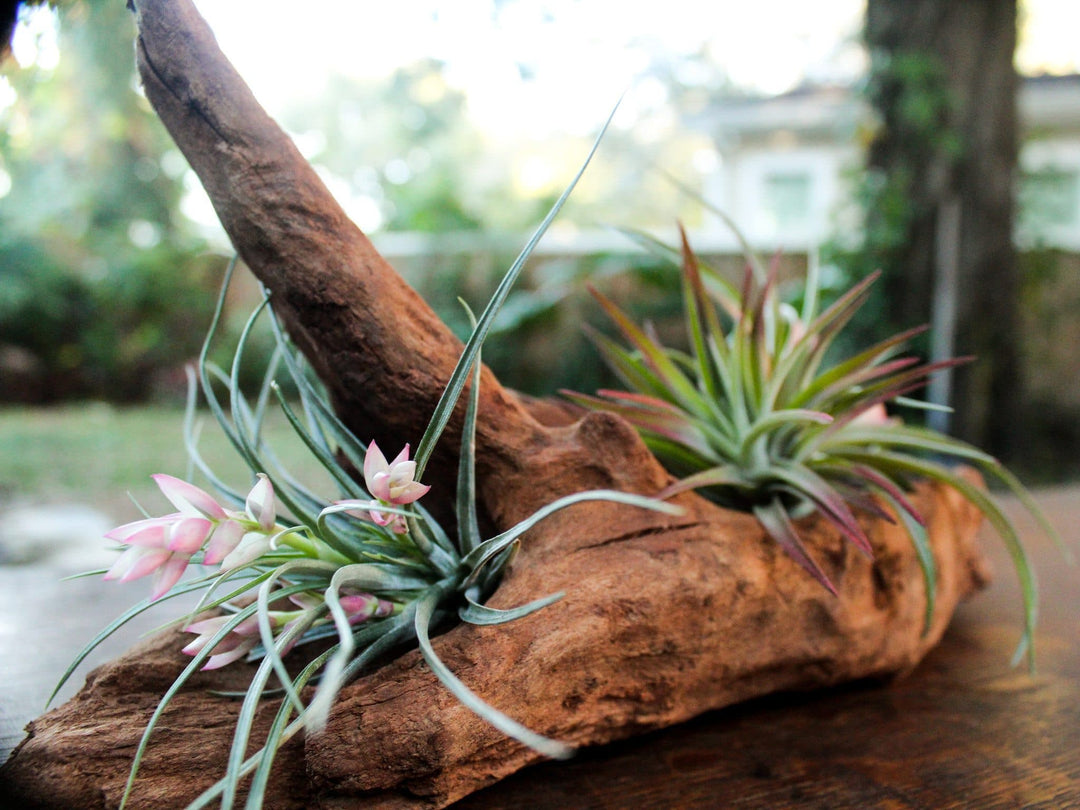
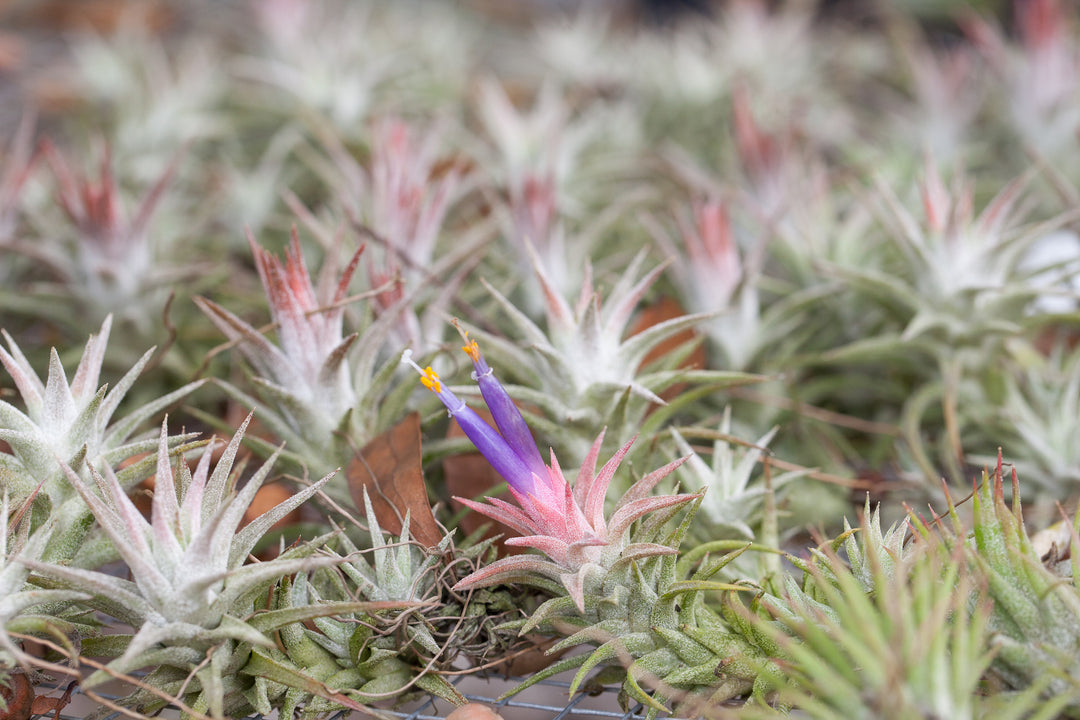
Don’t know much about air plants, I just love these little guys
I love air plants.
Thanks for these informative care articles. Turns out I have 1 of each of these bulbous varieties & now understand their differences & care needs. The pretty pictures are also helpful.
Leave a comment